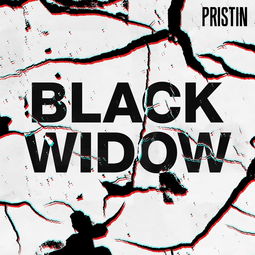
What Does a Black Widow Bite Look Like?
Black widow spiders are notorious for their venomous bites, which can cause severe pain and, in some cases, even be life-threatening. If you ever encounter one of these spiders, it’s crucial to recognize the signs of a bite and understand what it looks like. In this article, we’ll delve into the details of a black widow bite, including its appearance, symptoms, and treatment options.
Appearance of a Black Widow Bite

When a black widow spider bites a human, the bite itself may not be immediately visible. Unlike some other spider bites, the wound may not be red or swollen right away. However, there are several key indicators that can help you identify a black widow bite:
| Sign | Description |
|---|---|
| Small, puncture wound | The bite may leave a small, pin-sized puncture wound on the skin. |
| Redness and swelling | After a few hours, the area around the bite may become red and swollen. |
| Pain and tenderness | The bite site may become painful and tender to the touch. |
| Spreading rash | In some cases, a rash may develop around the bite area. |
It’s important to note that not all black widow bites will result in these symptoms. Some individuals may experience no symptoms at all, while others may have a severe reaction.
Immediate Symptoms of a Black Widow Bite

After being bitten by a black widow spider, you may notice several immediate symptoms, including:
- Pain at the bite site, which can be sharp or throbbing
- Redness and swelling around the bite
- Generalized muscle pain and stiffness
- Nausea and vomiting
- Diarrhea
- Abdominal pain
- Increased heart rate
- Increased blood pressure
In some cases, these symptoms may appear within 15 minutes to a few hours after the bite. However, it’s important to remember that not everyone will experience these symptoms, and the severity can vary from person to person.
Long-term Symptoms and Complications

While most black widow bites are not life-threatening, some individuals may experience long-term symptoms or complications, such as:
- Severe muscle pain and stiffness
- Severe abdominal pain
- Seizures
- Paralysis
- Respiratory distress
These complications are more likely to occur in young children, the elderly, and individuals with weakened immune systems.
Treatment Options for a Black Widow Bite
If you suspect you’ve been bitten by a black widow spider, it’s essential to seek medical attention immediately. Treatment options may include:
- Antivenom: In severe cases, an antivenom may be administered to counteract the venom’s effects.
- Pain relievers: Over-the-counter pain relievers, such as ibuprofen or acetaminophen, can help manage pain and inflammation.
- Ice packs: Applying a cold compress to the bite area can help reduce swelling and pain.
- Antihistamines: Antihistamines can help alleviate itching and swelling.
- Antibiotics: If an infection develops, your doctor may prescribe antibiotics.
It’s crucial to follow your doctor’s instructions and complete the full course of any prescribed medication.
Preventing Black Widow Bites
While it’s impossible to completely avoid black widow spiders, there are several steps you can take to reduce your risk of being bitten:
- Keep your home clean and clutter-free, as spiders often seek refuge in dark, undisturbed areas.
- Seal any cracks or gaps around your home, as these can serve as entry points for spiders.
- Inspect




